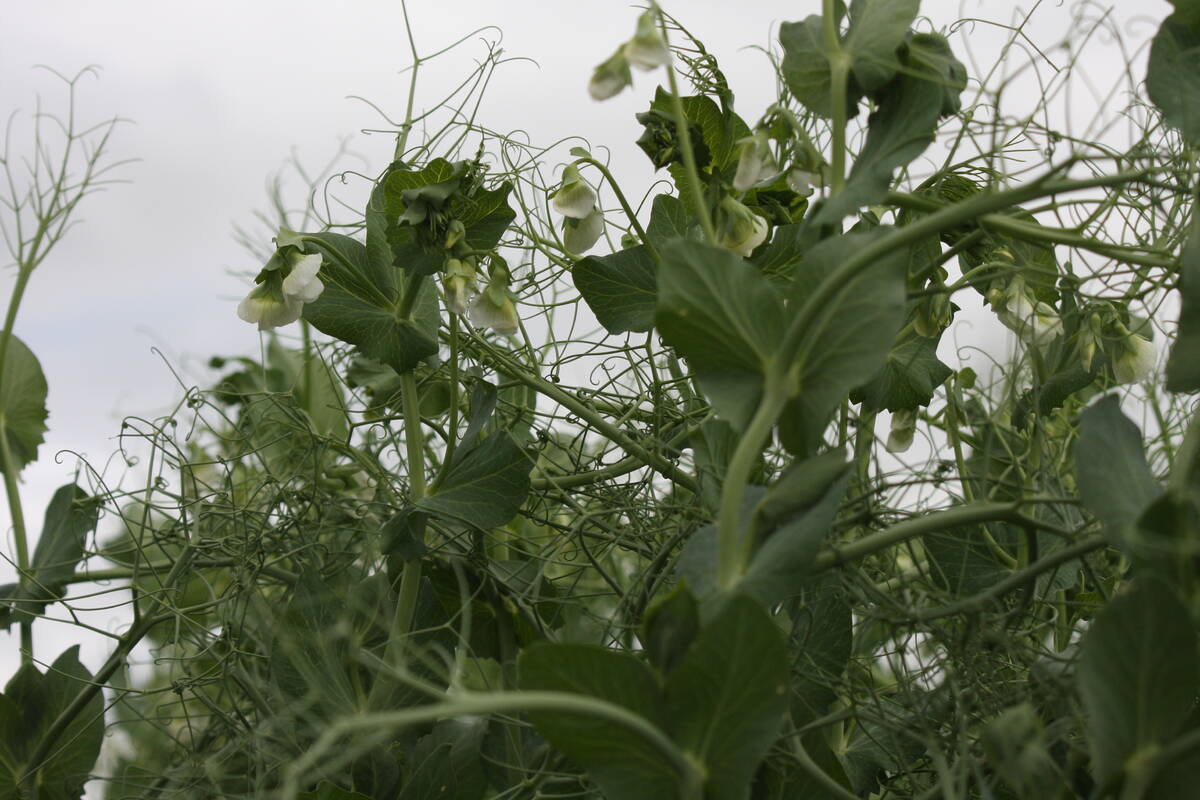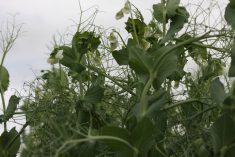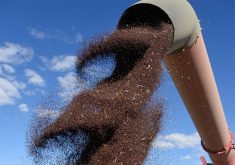Because of a hot, dry growing season, the European Union has been forced to import more grain than usual.
The European Commission wants to reduce the likelihood of being short of grain again next year. It wants to reduce its set-aside program to five percent of its land base, down from the 10 percent seen for the last several years.
The EU set-aside program over the past decade has varied from five to 15 percent.
Acreage enrolled in the program gets a payment based on its productivity. The payment has been 63 Euros per tonne, or about $104 Cdn, so for example, an acre that produced 2.5 tonnes would get $252.
Read Also

High pea yields shock farmers
There is going to be a massive pea carryout at the end of this crop year.
A report from the United States Department of Agriculture says that dropping the set aside to five percent could increase grain production by about seven million tonnes of grain from a cereal area increase of 3.7 million acres.
The policy change came too late to affect winter wheat seeding, but will affect spring-seeded crops such as barley and corn.
While set-aside policy is important, ultimately weather and markets have a greater impact on what gets seeded. The weather finally improved this fall in France and Germany and late rains allowed seeding, so acreage increases are expected.
In the United Kingdom, however, the dry weather continued, preventing germination of winter crops. Some fields will have to be replanted.
NASA has satellite imagery showing the poor germination in the U.K. at its earthobservatory.nasa.gov website. A direct link to the page can be found by clicking on links in the news at www.producer.com.
African improvement
The weather is also much improved in North Africa, a key importer of Canadian durum. Droughts in the area in the early part of this decade reduced production and fuelled imports, supporting world durum prices. But this past year Algeria and Morocco had big harvests and it appears they are well on their way to another good crop, signalling another year of weak demand from that region.
From Sept. 1 to Nov. 30, most of the region had received 125 percent or more of average rainfall.
The U.S. National Weather Service Climate Prediction Center maintains maps showing accumulated rainfall in North Africa and most other regions of world. Again, you can see them at our website’s links in the news.














